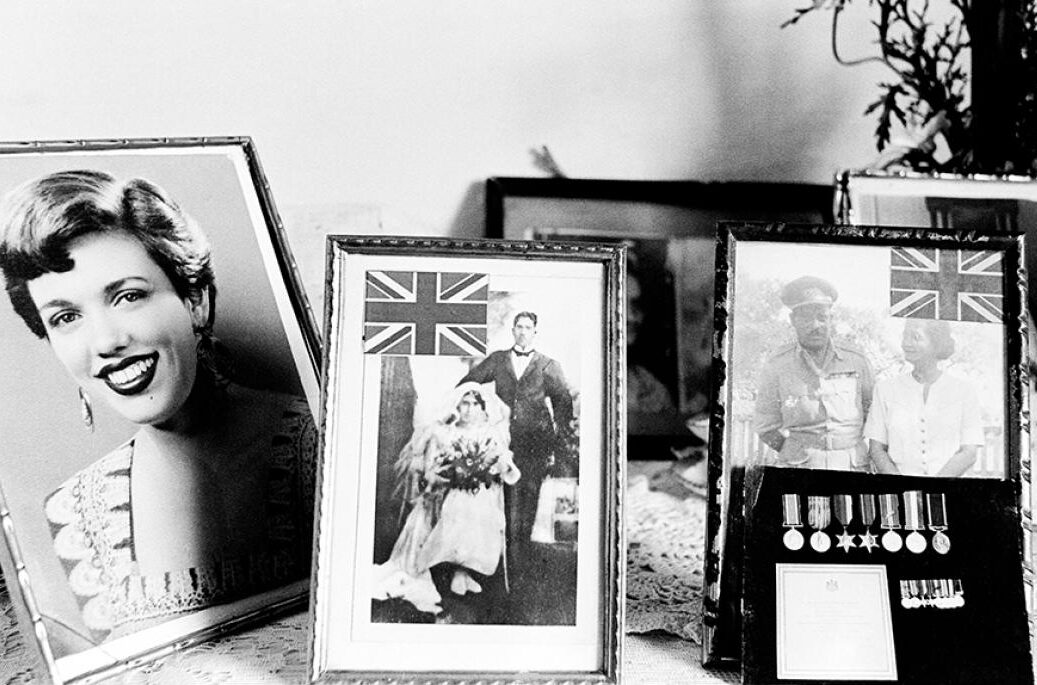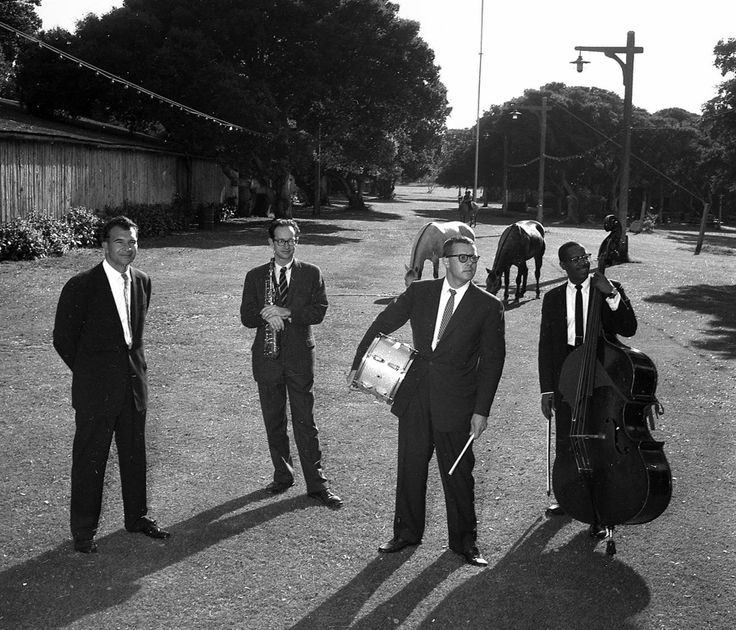The Anglo-Indian community, though small, forms a very integral part of India as a country and is the perfect example of east meets west. If looked into deeply, Anglo-Indian is not a terminology of ethnicity used in any other part of the world, except for the Indian subcontinent. The historical thread of ancestry has always been associated with that of the British though the community is seen to have small influences from the French and Portuguese.
The 19th century term ‘Anglo-Indian’ was initially used in the British Parliament to refer to those people who were of British descent but born and raised in India. The perfect example of one such person would be the English Journalist, Poet and Novelist, Rudyard Kipling. Born in British India, Kipling spent his years in Mumbai and was to become the assistant editor of the local newspaper, the Civil and Military Gazette.
The community is not only a constant reminder of India’s colonial past but also holds within itself a hidden culinary gem, its cuisine. A fusion in every sense of the word, the cuisine carries with it spices and curries that are a tale of cultural amalgamation and history.
The history behind the cuisine traces all the way back to the mid 18th century, when the English soldiers were trying to adapt to the food setting in India and refused to do away with soup being a part of their meal. The mulligatawny soup, is once such dish that traces back to a culinary amalgamation of Sri-Lankan, Indian and British food culture. The muligatawny soup came all the way from Sri-Lanka to Tamil Nadu during the era of the British Raj. The word is an amalgamation of ‘milagu’ (pepper) and tunes (water) meaning pepper water, a dish that we commonly hear at lunches in Anglo-Indian homes. The present day mulligatawny soup served at Michelin Star restaurants around the world is made with chicken stock as a base.
The core of the cuisine lies in the spices used. Its bases are made up of whole ingredients like cumin seeds, cinnamon sticks, pepper, red chilli, turmeric, coriander seeds, fenugreek and vinegar. Anglo-Indian food is known for using large amounts of vinegar and tamarind, most of which is mainly used as tenderising agents in marinades.
Historically, the spices used in the cuisine are co related to the trade routes in India. The Mumbai port and Kerala have had the biggest influences. The Anglo-Indian cuisine is also heavily influenced by the eastern seaboard, with concentration being on Kolkata.
The most famous example of a fusion between the British and Indian culinary cultures, is what the Anglo-Indians call, the devil chutney. A combination of sweet, tangy, salty and spicy, the chutney is made from raisins (sometimes dates too), onions, vinegar, salt and red chilli. The chutney takes a comfortable seat on an Anglo-Indian plate alongside coconut rice and ball curry.
There are also some dishes that are a part of the cuisine that have not been very popular over the years as most of them are found in Anglo-Indian dinners and lunches. The country captain chicken curry is one such dish which is made from chicken, onions, tomatoes, whole spices like pepper, cumin and tamarind pulp to add to the tanginess. The history behind the dish goes back to four centuries ago when the country captains (captains of the trade ships) would prefer this curry as it was simple to prepare but yet so flavoursome.
The cuisine is known for using ingredients which are taken from leftovers because the community lived in environments and circumstances where food was scarce at times. One such popular dish is the traditional Anglo-Indian bread pudding which is made from leftover bread, eggs, milk and sugar. A similar variant to the bread pudding is the rice pudding which is made from leftover rice, eggs, milk and sugar. The dish is steamed till it sets and forms a creamy consistency. The rice pudding is a popular Anglo-Indian favourite at team time and even served as a midday snack.
Though the Anglo-Indian community in India has become predominantly smaller, the community also has its traces in neighbouring countries like Burma and attached to its traces comes a tale of culinary history and heritage, but more on that later.
Words by Karen Martin.
Image by Karan Kapoor.





